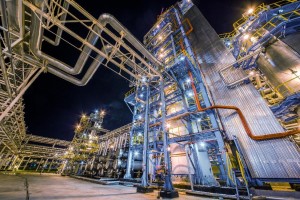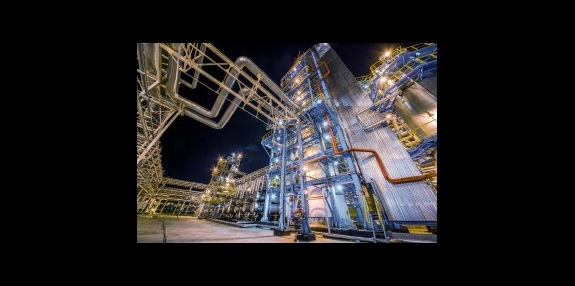- Electricity Generation
- Renewable Energy
- Renewable Energy
- Renewables
- Natural Gas
As Natural Gas Electricity Generation Grows, Risks and Opportunities Emerge for Energy Consumers

Natural gas is becoming increasingly vital to US electricity generation. With vast new resources made available by hydraulic fracturing, use of the fuel is growing across various sectors, especially in the area of electricity. Although coal has led electricity generation since before 1950, natural gas finally took the highest share for most of 2015 and almost all of 2016 (as seen in the chart below).
While many welcome the growth of this cheap, low-emissions fuel, some risks are arising for energy consumers. Put simply: a system that depends heavily on natural gas is more susceptible to supply shocks. With slumping production and demand from the electricity sector, prices are already trending up. The monthly Henry Hub price reached $2.99/MMBtu in September, the highest in 20 months. This may be exacerbated by a colder winter that is driving predictions of higher gas and electricity prices and volatility compared to last year. And this week marks 1 year since the largest natural gas leak in US history hit southern California, the fallout of which still reminds us how unforeseen disasters can shock supplies.
This type of volatility can affect everything from household budgeting to the balance sheets of multi billion-dollar utilities. Notably, commercial and industrial electricity consumers can be heavily affected to the tune of millions of dollars by volatility in gas prices, electricity prices, or both. Thankfully, advances in alternative generation options exist to mitigate these risks.
Monthly Net Electricity Generation, All Sectors (Jan 2011 - Dec 2016)
(Source: US Energy Information Administration)
Alternative Generation Advances
Renewables include technology solutions like wind and solar, and (in this context) other zero-emissions complements like battery storage and demand response. These technologies are being broadly embraced thanks to government support, cost declines, and emissions reductions initiatives. The dramatic growth in corporate renewable power purchase agreements is one of the most powerful examples of the Energy Cloud in action.
Onsite gas-fueled generation may seem subject to the same market vicissitudes affecting natural gas, but it has some key advantages, even over renewables. First, customers installing fuel cells, gensets, or microturbines can purchase long-term gas contracts that will guarantee a certain rate for gas (and therefore electricity)—a key risk mitigation tool. Compared to centralized generation, onsite gas generation is installed faster and with less regulatory risk, while also eliminating the transmission and distribution energy losses (and risks) of the electric grid. Compared to renewables, these technologies can be installed in a far smaller footprint and, crucially, generate electricity without relying on the wind or sun.
Onsite dual-fuel generation consists of gensets, turbines, or microturbines that can operate on diesel and natural gas (and often, other fuels). Such equipment has many of the same advantages of onsite gas-fueled generation, with the added bonus of accepting multiple fuel types. While natural gas is often the preferred fuel (due to emissions requirements and lower cost), shocks to natural gas supply and/or price can make an alternate fuel like diesel favorable, if only for a short period. Diesel can also be stored onsite, ensuring access in a major catastrophe. This technology has been most embraced in the US oil & gas sector, but has growing applications both stateside and abroad. Watch for the coming revolution in liquefied natural gas to open new opportunities in flexible generation, too.
Natural gas will be an important electricity fuel for a long time to come. But in an era with baseload in decline and renewables on the rise, these tools should not only mitigate natural gas risk, but also build flexibility into an electric grid that sorely needs it.
